We’re recruiting a scientific review officer to manage the peer review of grant applications in a wide range of research, training, capacity-building and other NIGMS programmatic areas. We seek candidates with broad scientific backgrounds as well as expertise in one or more of these (or related) biomedical research fields: cell and molecular biology, genetics, developmental biology, pharmacology, physiology, biological chemistry and biophysics. We especially encourage applications from candidates who have demonstrated a commitment to mentoring, particularly of individuals from groups that are underrepresented in biomedical research, and/or have experience with capacity-building programs at institutions in states that have historically received low levels of NIH funding.
There are two vacancy announcements: one for candidates with current or former federal employment status and one for candidates without such status. Both vacancies close on June 13, 2016. Please see the NIH HSA website for position requirements and application procedures. For more information about the position, contact David Wittenberg at 301-451-1828.
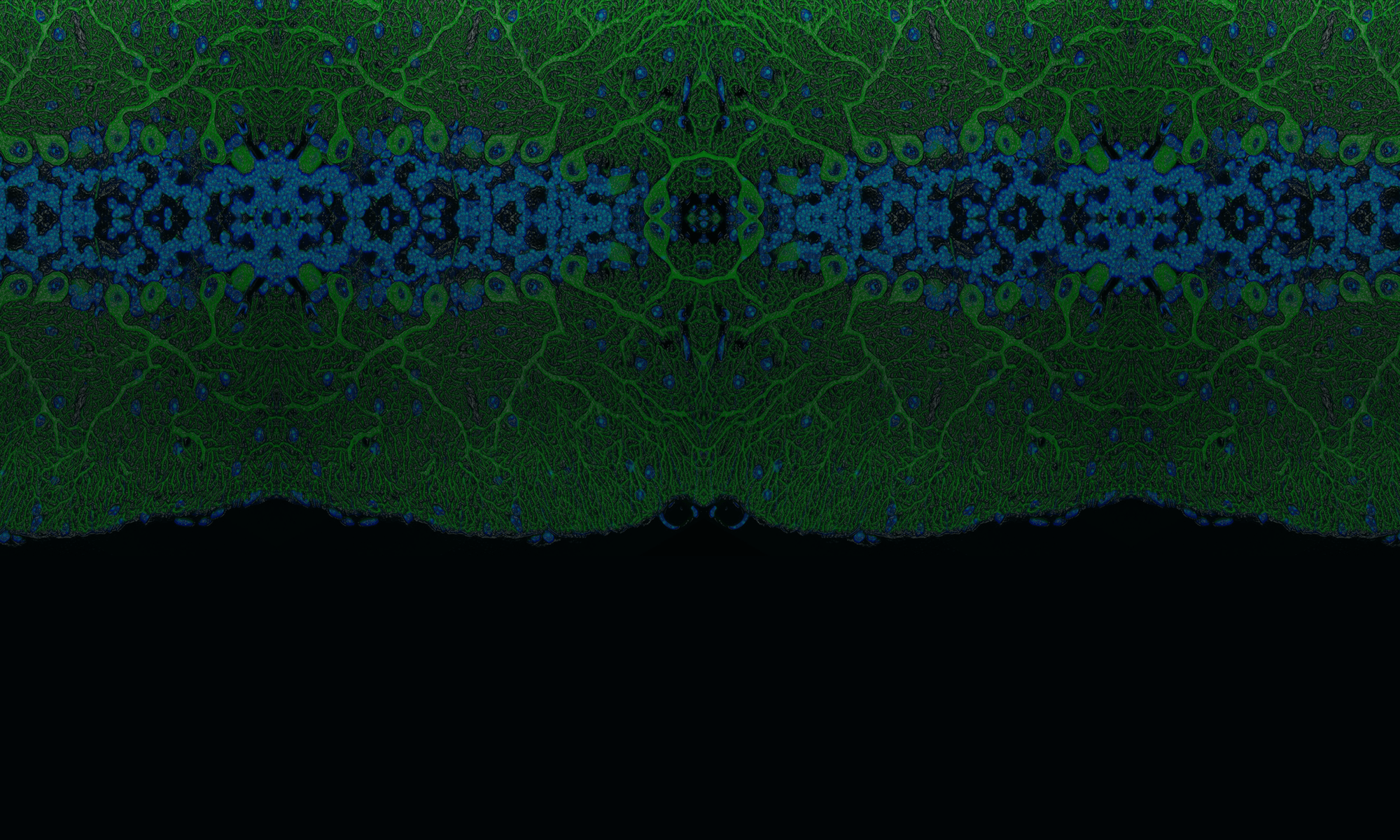

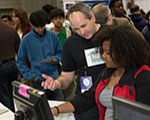 A few weeks ago, 23 NIGMS volunteers and I spent an amazing day with thousands of highly engaged kids, their parents and other science enthusiasts of all ages at the Washington, DC, Convention Center. We were participating in the USA Science & Engineering Festival, the largest STEM event in the nation.
A few weeks ago, 23 NIGMS volunteers and I spent an amazing day with thousands of highly engaged kids, their parents and other science enthusiasts of all ages at the Washington, DC, Convention Center. We were participating in the USA Science & Engineering Festival, the largest STEM event in the nation.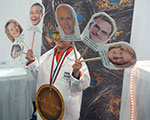
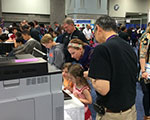 I encourage you to share your own enthusiasm for science with young people whenever you have the opportunity. Whether you judge a science fair, speak at a career day or have students visit your lab, you put a human face on science and help students see it as an exciting, fulfilling and worthy career choice.
I encourage you to share your own enthusiasm for science with young people whenever you have the opportunity. Whether you judge a science fair, speak at a career day or have students visit your lab, you put a human face on science and help students see it as an exciting, fulfilling and worthy career choice.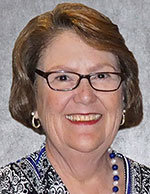 Helen Sunshine, who led the NIGMS Office of Scientific Review (OSR) for the last 27 years, retired in April. Throughout her career, she worked tirelessly to uphold the highest standards of peer review.
Helen Sunshine, who led the NIGMS Office of Scientific Review (OSR) for the last 27 years, retired in April. Throughout her career, she worked tirelessly to uphold the highest standards of peer review.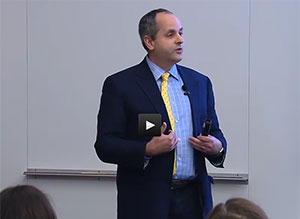
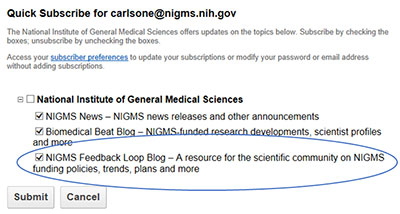 Ever since the NIGMS Feedback Loop launched in 2005, we’ve sent periodic digests of its content to our grantees, applicants and others. To help our readers receive time-sensitive information sooner, we’re now offering a way to get individual posts as they’re published on the blog.
Ever since the NIGMS Feedback Loop launched in 2005, we’ve sent periodic digests of its content to our grantees, applicants and others. To help our readers receive time-sensitive information sooner, we’re now offering a way to get individual posts as they’re published on the blog.